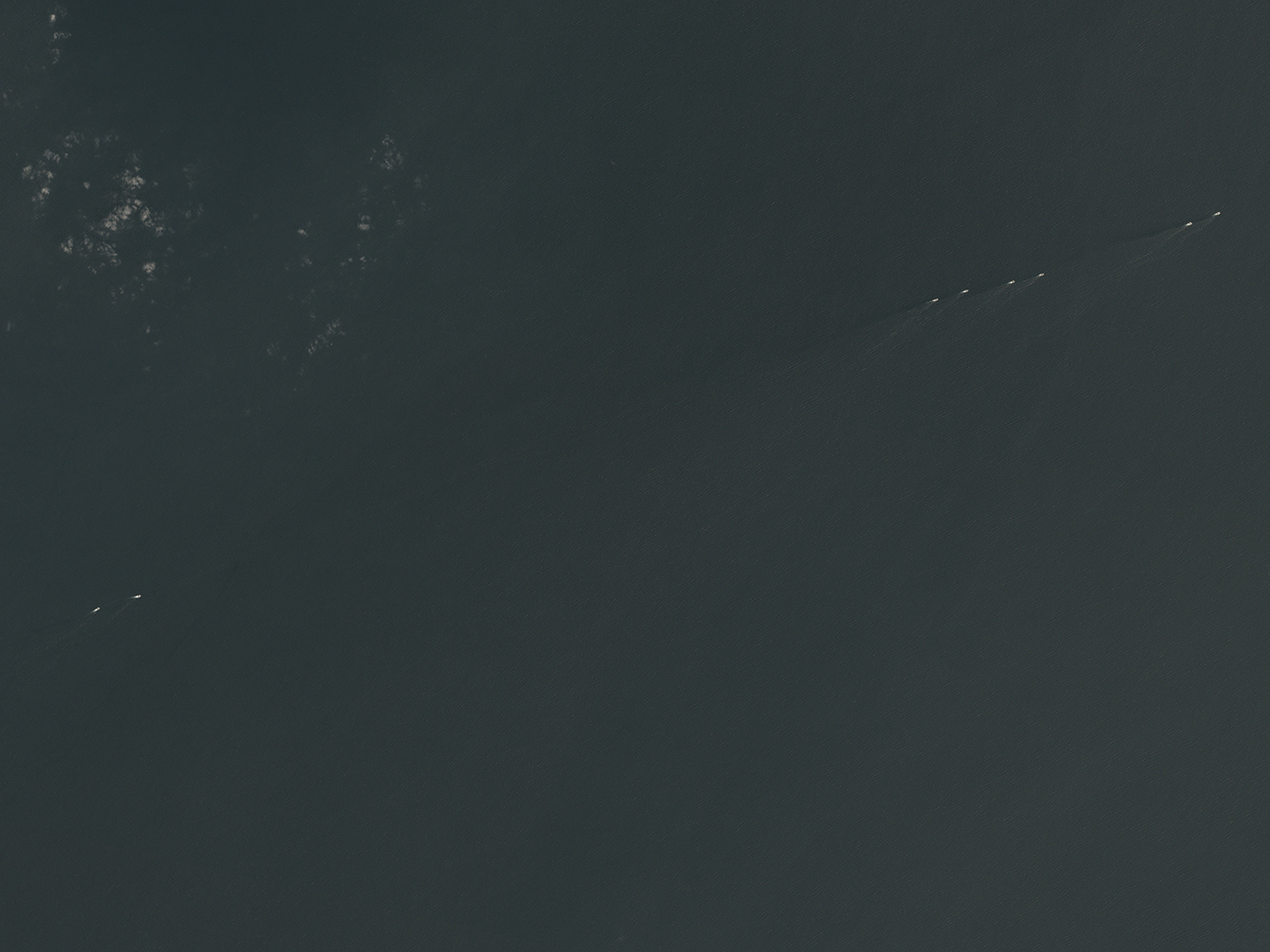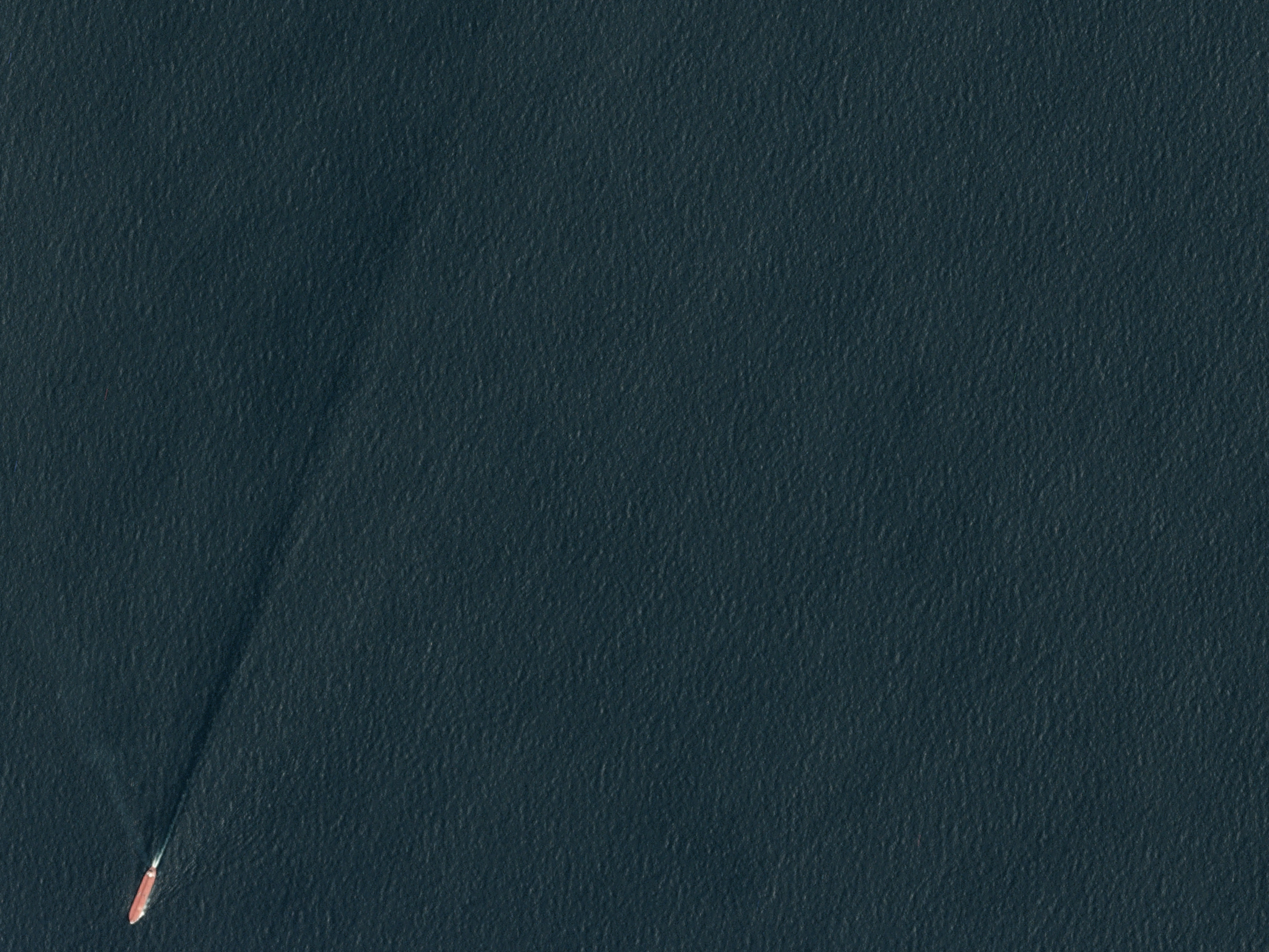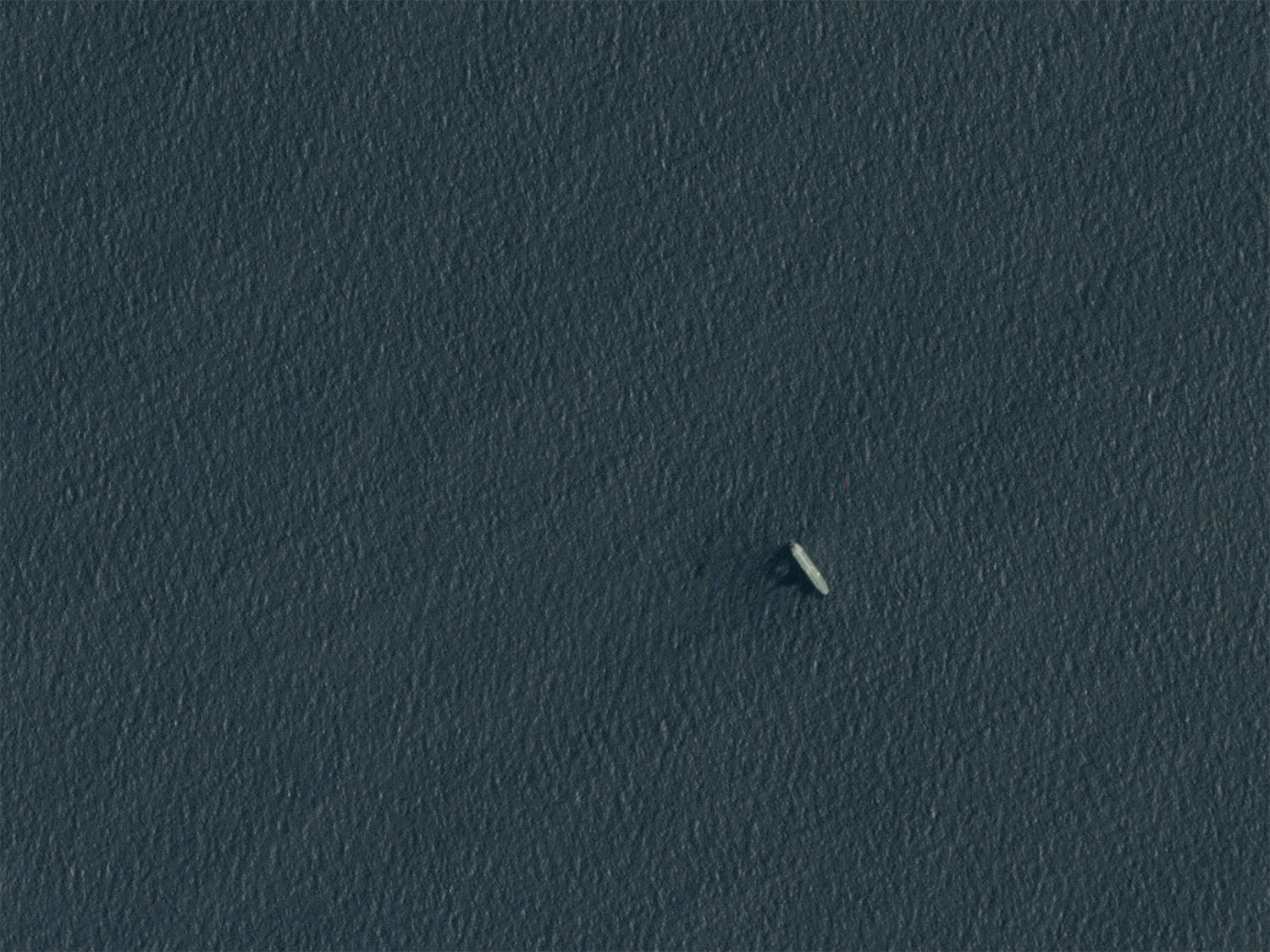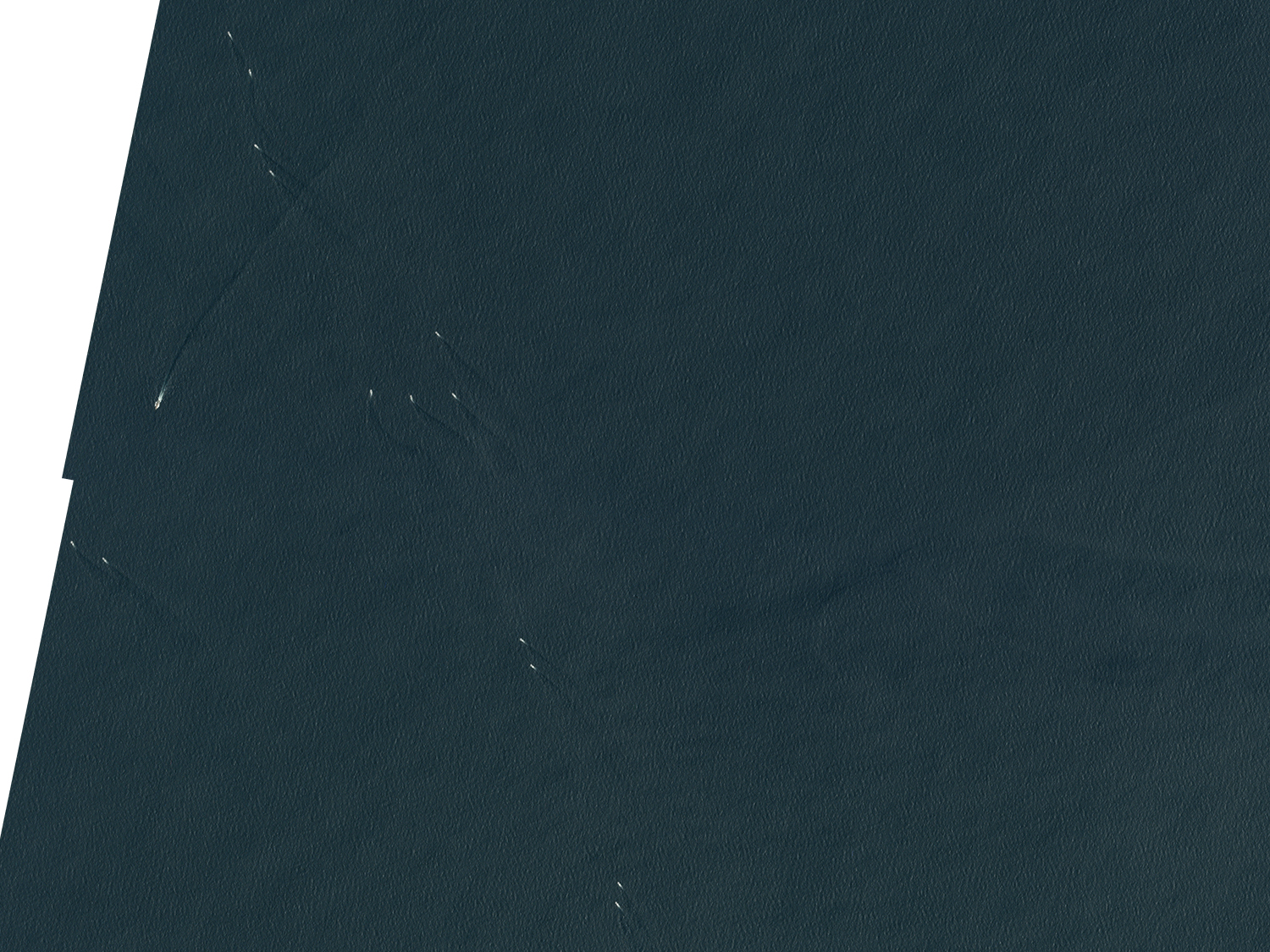Planet to Offer Open Ocean Monitoring
Since its founding back in 2010, Planet’s worked to build a constellation capable of imaging the Earth’s entire landmass every day, something we are on track to accomplish following our launch of 88 satellites in February. But Planet’s “line-scanner” constellation can image more than just land. Approximately 70% of the Earth’s surface is actually water, so there’s an amazing opportunity for us to look at our oceans and seas.
Planet’s Doves have long had the capability to image out into open waters—in fact our standard operating procedure is to continue capturing imagery several kilometers offshore—but it’s proven tricky to georeference them precisely without nearby reference points. With recent upgrades on our newest satellite design, coupled with the advanced automation techniques in our image processing pipeline, we are now able to geolocate individual open water scenes within an acceptable margin of error, even hundreds of kilometers out to sea.
With this new capability, Planet will selectively turn on its cameras to take a closer look at certain maritime areas. In speaking with our users, we know that there is a lot of activity on the high seas that may otherwise go unnoticed, such as illegal fishing or trade in contraband. There is also interest in being able to quantify the type and number of ships that choose not to broadcast Automatic Identification System (AIS) status or intentionally misreport their locations.
Planet’s unique monitoring constellation ensures that we can always monitor open waters without the need for tasking. This is particularly useful in areas which do not typically see extensive maritime traffic, such as off the North Korean coast in the Sea of Japan, where we spotted a group of ships heading west, probably out of the port of Wonsan:

Image: May 17, 2017</font size=”-1″>
In other areas, the density of ships can be quite remarkable. In one strip from the 17th of May, 2017, we can see that the passage between the Ryukyu Islands of Japan and the Chinese mainland is a hive of activity.
Long wakes and smoke trails of ships as they travel:

Image: May 17, 2017</font size=”-1″>
Stationary ships:

Image: May 17, 2017</font size=”-1″>
And smaller vessels docking with stationary ships:

Image: May 17, 2017</font size=”-1″>
We even spotted a host of vessels engaged in pair trawling, a practice known for having high rates of bycatch:

Image: May 17, 2017</font size=”-1″>
We are currently rolling out a limited engagement program with select Planet customers and will begin broadly selling our Open Water monitoring program in fall of 2017.
To keep an eye on more program details as they become available, share your information with us here:
STAY IN TOUCH FOR MORE ON OPEN WATER MONITORING
Thank You
Thanks! We'll be sure to share updates on the Open Water Monitoring Program as they become available.




